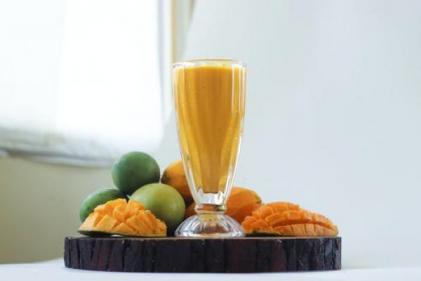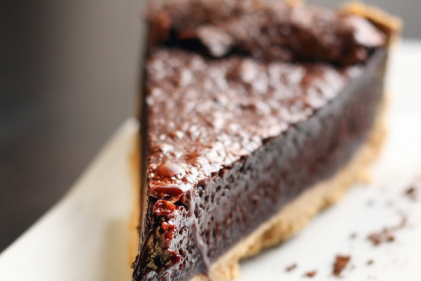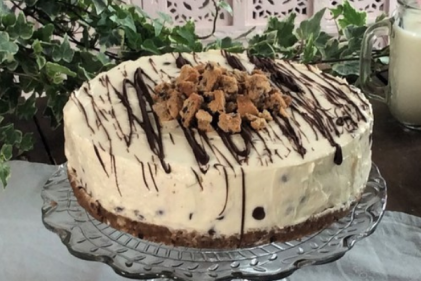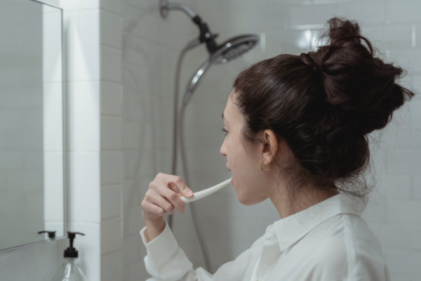Bathrooms require non-slip mats for the bathtub and a lockable toilet seat lid (which prevents your child falling in and drowning.) Never leave your child unattended in or near the bath.
When your child is taller than 90cm (35”), or can climb out of the cot or crib, it is best to initiate the transition to a regular bed. Use padding on the floor under the bed, rail guards on the edge, or place the cot mattress on the floor, to prevent falling injury. Avoid leaving too many toys or pillows in a cot or crib, since these can be used to form a stepping platform by your child. Cribs should have all sides and panels locked and secure when your child is sleeping.
Prevent burns by never carrying your child along with a hot beverage. Do not hold your child while cooking over a stove. It is best to keep your child out of the kitchen when cooking with oil. Keep pot handles out of reach and use locks on oven doors. Use knob covers and guards so that your child cannot turn on hot plates.
When transporting your child in a car, always use a car seat that is correctly installed and is positioned on the back seat. The car seat must be appropriate to your child's age and size. The car doors and windows must be closed and locked and controls unavailable to your child.
Your child's clothing should not have drawstrings, or any other long, loose components.
Doorstops and door holders are needed to prevent finger injuries to your child.
Keep electrical appliances out of reach and unplugged. Leave no socket outlets uncovered: use safety covers or safety plugs. Use conduit or ducting to hide electrical cords. Cords and sockets can be hidden from view and access by using heavy furniture.
Home fireplaces need grills installed and all matches and fire-making equipment needs to be stored securely. Gas keys for gas fireplaces need to be locked away.
Smoke alarms and carbon monoxide detectors need to be installed and their batteries checked periodically. Make fire escape routes and talk to your child about emergency escape procedures.
Be familiar with first aid procedures and know how to do CPR.
Kitchen utensils, knives, pots and pans need to be stored out of reach, or in locked cupboards. Use door locks and safety gates to control access to rooms and areas of the house that aren't childproof. Cabinets that house unsafe items should be locked. Rubbish bins should be stored in a secure place, or have child-resistant locks. Space heaters and radiators need guards and floor heating controls must be out of child access. The refrigerator should have a lock or door latch on. Table cloths and place mats can be pulled down children, along with utensils, bowls and pots that are on top.
Make your furniture safe by using corner guards and de-cluttering your living area. Move furniture that can cause your child to trip, or that is just the right height to cause head injury. Mount shelves to the walls to prevent them from being toppled over. Tall lamps should be placed out of reach, behind heavy furniture. Televisions should be wall mounted, out of reach, or else put far back on low, sturdy cabinets.
Your child must not be able to open windows fully, or gain access to windows that can be leaned against. Use bars or guards on windows that your child can reach and move furniture away that provides access to windows. Patio doors should be marked with colourful stickers and any rails and bannisters should conform to the relevant safety standards for children and adults.
If there are weapons in the house, they must be locked away in a safe, or secured out of your child's reach. Firearms must be treated with respect, by both the parents and children in a household. Observe all safety laws and store the firearms in a proper safe. Ammunition should also be locked in a safe. If the firearm is being moved or cleaned, then all safety procedures should be followed. If you do keep weapons in the house, educate your children about the dangers involved and never leave them lying around. Swords, knives and even pepper sprays and batons must be handled and stored with child safety in mind.
Playgrounds at home, or ones your child frequents, should have safe equipment and the safe ground cover. Surfaces such as rubber, wood shavings, mulch and pea-gravel are good, while brick, tar and grass are not.
When outside on sunny days, your child should have adequate sun protection, in the form of hats, sunglasses and sunscreen. Clothing that covers the arms is also important.
Your child's toys should be age-appropriate, not too big, too small, or too heavy. The toys should be fairly strong and made with non-toxic substances. There should be no loose hanging cords or strings longer than 30cm (12”). No buttons or knobs should be on the toy that can be pulled off and present a choking hazard. Toys must not be able to hang around your child's neck.
Any body of water, including basins and buckets of water, can be the cause of drowning for a child. Erect proper pool fencing if you have a swimming pool, along with a self-closing and self-latching gate. Always be present went children are swimming.









